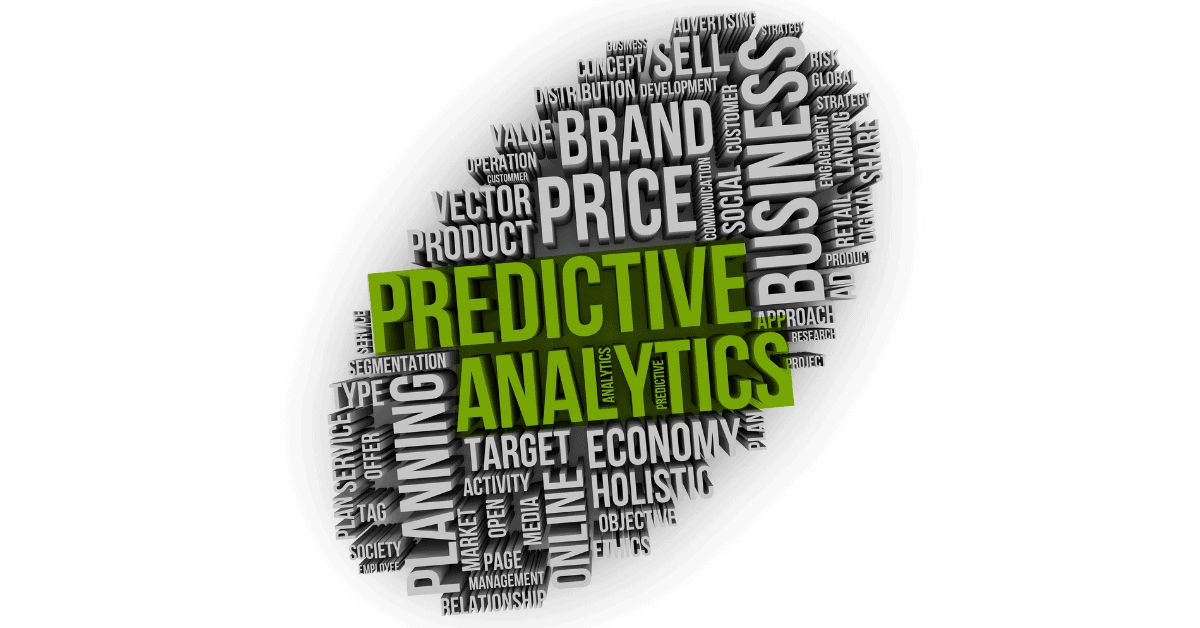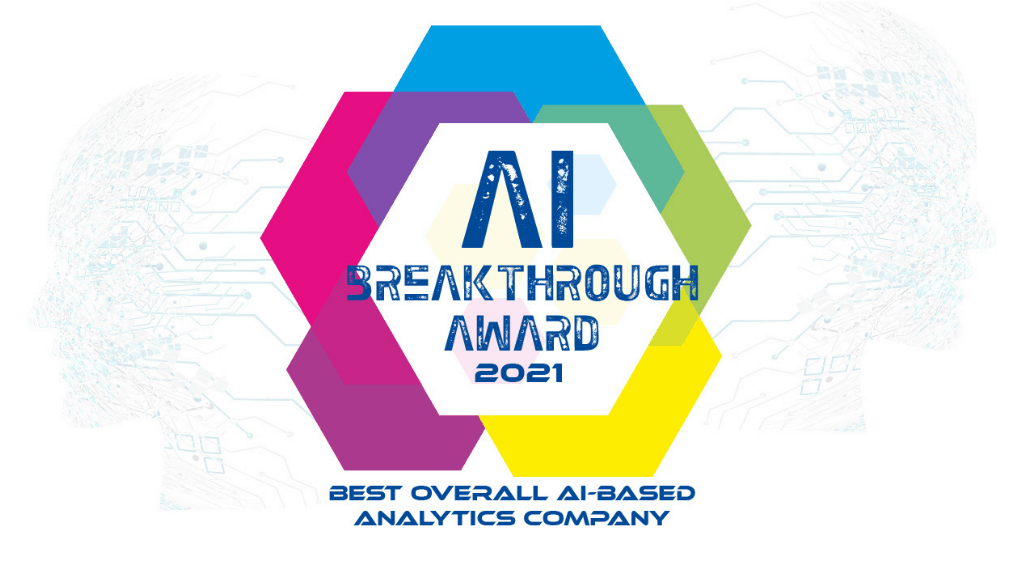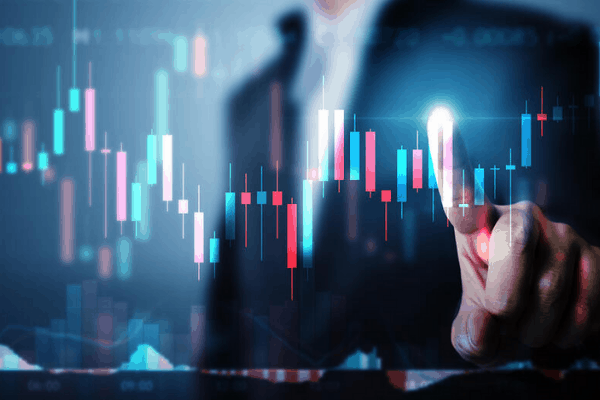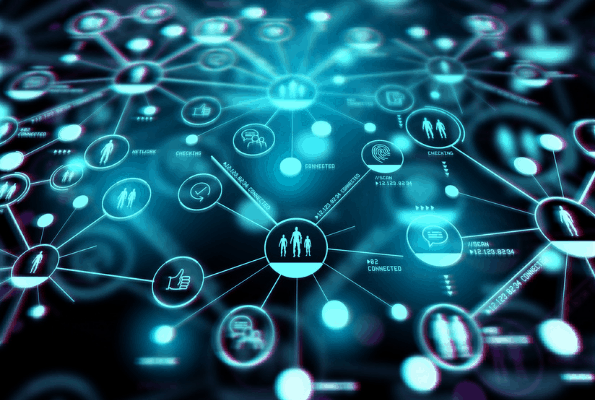
To say that the past year has brought about unprecedented changes in consumer behavior (along with every other aspect of most of our lives) would be an understatement. According to McKinsey, in 2020, online retailers have “covered a decade in days” as consumers quickly pivoted to technologies such as telemedicine and mobile shopping in light of Covid-19 safety precautions.
So what does the new normal look like for marketers?
Well, that’s hard to predict using older methods, which can take months to analyze datasets, many of which are now irrelevant due to changing customer behaviors post-covid. That’s where predictive analytics models come in. Predictive analytics use artificial intelligence (AI) and machine learning (ML) to quickly analyze giant datasets in order to understand is likely to happen in the near future.
Here are five models for predictive analytics that every marketer should know as we head into a truly unprecedented time:
Five predictive analytics models you should understand for post-covid business
Classification Model
The classification predictive analytics model is the most easily recognizable use case for predictive analytics because it most closely resembles the ways in which most marketers have always used data: the classification model means using historical data in order to predict future behavior.
Most commonly, the classification model is excellent for answering “yes/no” questions.
For example, “Is this customer about to buy?” or “Does this customer seem ready to unsubscribe?” Analyzing the behaviors of past customers, and a customers’ own history, is, of course, a great way of indicating how customers will behave in the future. But as online interactions with customers have increased not just in frequency over the past year, but also sometimes in speed, marketers should now use tools like AI and ML technology to make predictions about how customers might behave in real time, rather than over the course of days or even weeks.
Clustering Model
The idea that not all customers are exactly alike, but many are similar enough to be segmented into groups that can be individually targeted via digital marketing campaigns is also nothing new. Audience segmentation is a valuable part of many marketing strategies. But as Covid-19 has brought new shoppers to many brands, many customers are shopping for things they’ve never bought before. For example, the sales of prepackaged meal kits surged during the coronavirus pandemic as people stuck at home looked for simpler, yet tasty solutions, to daily meals as restaurants closed down and going to the grocery store became risky.
For companies seeing a lot of new, and perhaps unfamiliar customers, relying on predictive analytics models to cluster the regions of data with similar points, allows AI and ML algorithms to quickly separate large groups of customers into groups based on commonalities,. This enables marketers to quickly launch campaigns based on shared characteristics.
Forecasting Model
Forecasting models are one of the most useful predictive analytics models, especially for sales teams, as they provide data-based, visual representations of possible customer behavior.
As Covid has changed the ways in which customers shop and even the things they’re buying, actually visualizing these changes—such as spikes and drops in purchases during 2020 when compared to similar periods during 2019 and 2018—can help sales and marketing teams better prepare for a year that that seems less predictable than years past while seeing real-time visual data around those predictions and quickly making adjustments as needed.
Outliers Model
The outliers model is perhaps the most necessary model for predictive analytics in a year where nothing seems certain. The outliers model focuses on historically uncharacteristic data entries within a given dataset. It can also help identify atypical data either alone or as it relates to other categories.
In a year where customers have bought more supplies like non-perishable groceries and cleaning supplies than they ever have before and say they plan to stick to many of the lifestyle changes they adopted during 2020, companies should see outliers perhaps not as anomalies but as a new normal for an buyers who are changing their behavior and make changes accordingly.
Time Series Model
Another incredibly important use for predictive analytics lies in the time series model, which analyzes data over the past year to make predictions for the very near future.
These predictive analytics models take into account factors like past sales, traffic, or call volume, taking into account customizable factors such as season. So for businesses that are likely opening back up for in-person contact with customers as well as maintaining online channels, understanding changes over the past year in conjunction with more normal patterns in previous years is an important way of understanding changes that might be taking place in the coming weeks.
Predictive analytics is like having a crystal ball
Skai uses patented NLP and advanced analytics to surface powerful trends and predictive insights — enabling brands to put the current and future needs of consumers at the heart of every decision they make, from product innovation to marketing strategy and execution.
Learn more about Skai’s market intelligence platform and how you can enjoy the power of external data without the time-consuming and costly heavy lifting of building your own predictive analytics models.






